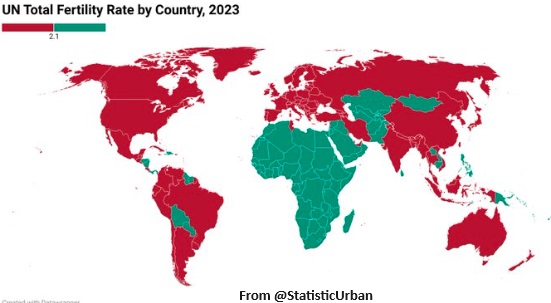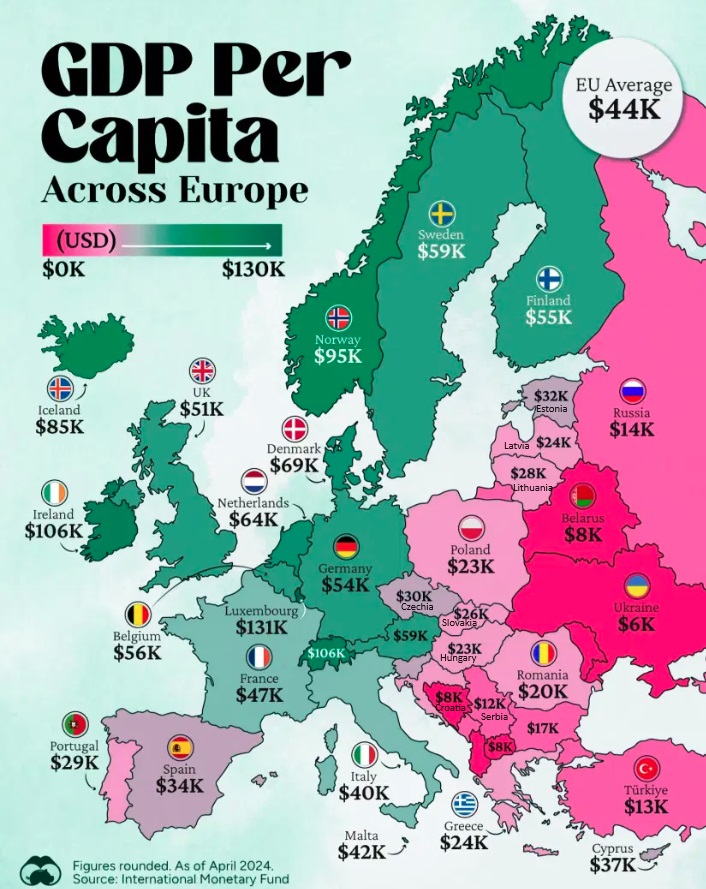Four hundred and fifty years ago we collaborated with a couple of organizations to produce a multi-color brochure. We were essentially the project manager and met with representatives of the two organizations to present a mockup of the brochure. We assumed, given the complicated politics of the project, that there would be a lot of discussion of the text, the content, of the brochure. Perhaps vigorously so. But that turned out to be a relatively easy part of the meeting. The sticking point, what these two somewhat older men argued vociferously about (Editor: they were younger than you are now. INTN: Editors will be the first to go in the revolution), was the color of the brochure. One was adamant one way and the other another direction about the color with neither liking the color of the mockup.
Now you may be thinking that perhaps these two gentlemen were experts on hues and tints, that this was why they were assigned to the project. But they knew no more about color schemes and art than Leonardo’s donkey carrying him around Florence. They knew no more than we did who was relying on the graphic designer we hired for such details. Which is all to say we and the INTN spouse have a meeting today with a color consultant about what to paint onto the exterior of our house. You may remember our complaints many months ago about Seattleites penchant for gray. Despite our lack of expertise and questionable taste we fully expect we will act like the men of many years ago during the brochure meeting. But we do offer, if not expertise than information, on birth rates around the world, a changing Europe and Chinese industrial policy. It’s this week’s International Need to Know, the Kendrick Lamar of international information, the Snoop Dog of international data.
Six hundred and seventy years ago this very day and hour, our friend Mike W told us Eat The Peach by The Allman Brothers is one of the best driving albums of all time. We quickly tested the theory driving badly our broken down vehicle somewhere on a D.C. highway where we lived at the time and found the theory not only sound but unimpeachable. This is all to say we have been remiss in not noting last month’s passing of the great Dickey Betts, one of The Allman Brothers two extraordinary guitarists. RIP.
Without further ado, here’s what you need to know.
The Loneliness of Crowds
Much of the world is emptying out like its quarter to two in a bar. We note often in this space and in speeches that basically the whole world is below the fertility replacement rate except for Africa and India. Recently @StatisticUrban provided a nice visual representation of this as you can see in their map below. And fertility rates keep dropping. So far in 2024, births in Chile have fallen 20 percent. And in Macao, the rate is almost down to .49 per woman. India’s fertility rate is also dropping as are most countries in Africa though not yet below the replacement level of 2.1. Why fertility rates are falling is undoubtedly a multi-factor phenomenon. But one factor is urbanization. As more people move from rural areas to urban we see lower fertility rates. And as urban areas in much of the world become more dense—we also see lower fertility rates. Density is generally better for the environment and encourages more innovation but for whatever reason it also discourages people from having babies. Of course, if the lower fertility rate trend holds, sometime in the distant future (not really that distant in the great scheme of things), the world will be less dense. Maybe then we’ll start to see more babies.
A Diverse, Changing Europe
We’ve been seeing lots of reports lately on Europe’s economy, including detailing that it is falling behind the U.S. economically, the threat Europe faces from China to its manufacturing base and how Russia’s invasion of Ukraine is affecting its economies. So today is a good time to step back and look at this pseudo continent as a whole. For example, let’s take a look at GDP per capita via the handy map below from Visual Capitalist. You can see there’s a large variance among these countries with Norway’s GDP per capita at US$95k (thanks oil) and Russia’s at $14k (so having oil doesn’t guarantee a good time). Countries once behind the Soviet Iron Curtain, such as Estonia and Czechia, have nearly caught up to Portugal and Spain. Germany, which everyone thinks of as the strong man of Europe, ranks lower than Finland, Sweden and Denmark. As noted earlier, the U.S. with a GDP per capita of $US68k, is well above many of these European countries, including Germany. The U.S. has been diverging positively from Europe for over ten years, including the last four. But the U.S. has also been increasing its debt rapidly for much of that time period, far more so than Europe. We wonder whether there will be convergence over the next 15 years as the U.S. deals with that debt.
China Corner: Mr. Clean
Xi Jinping is in Europe this week, including meeting with Macron in France. Trade, of course, is coming up in these meetings. Some European leaders and some companies are still all in on the China economic relationship. Others feel Europe needs to protect its industries from China’s dominance. In our book, one widely disregarded recommendation is that countries needed to work in concert with each other to deal with China, including in pushing back on China’s economic policies. Let’s take clean technology as an example. As you can see in the chart below from Agathe Demarais, “China’s share of global production capacity is now above 80% for 11 clean technologies.” The U.S. is worried about this but rather than work with its allies in Europe, Japan and elsewhere, American industrial policy to develop clean technology is founded on numerous and stringent “Buy American” provisions. These are not, mind you, focused on China, but also exclude Europe and other like-minded countries. Meanwhile, Europe is on its own course, often country by country rather than EU wide, in protecting its industries or in not doing so and hoping to one more time ride that China big market train which has led to so many industries being hollowed out in Europe and America. Multilateralism is hard and it appears we’re all content to hang separately, a sort of Franklin follies.




